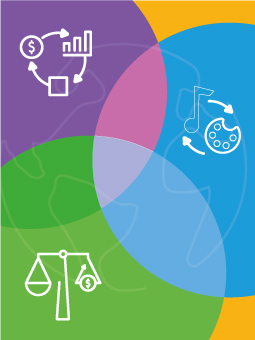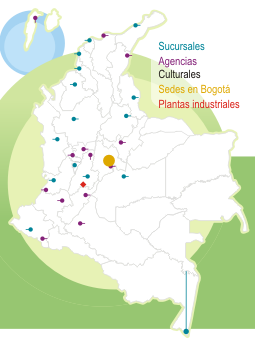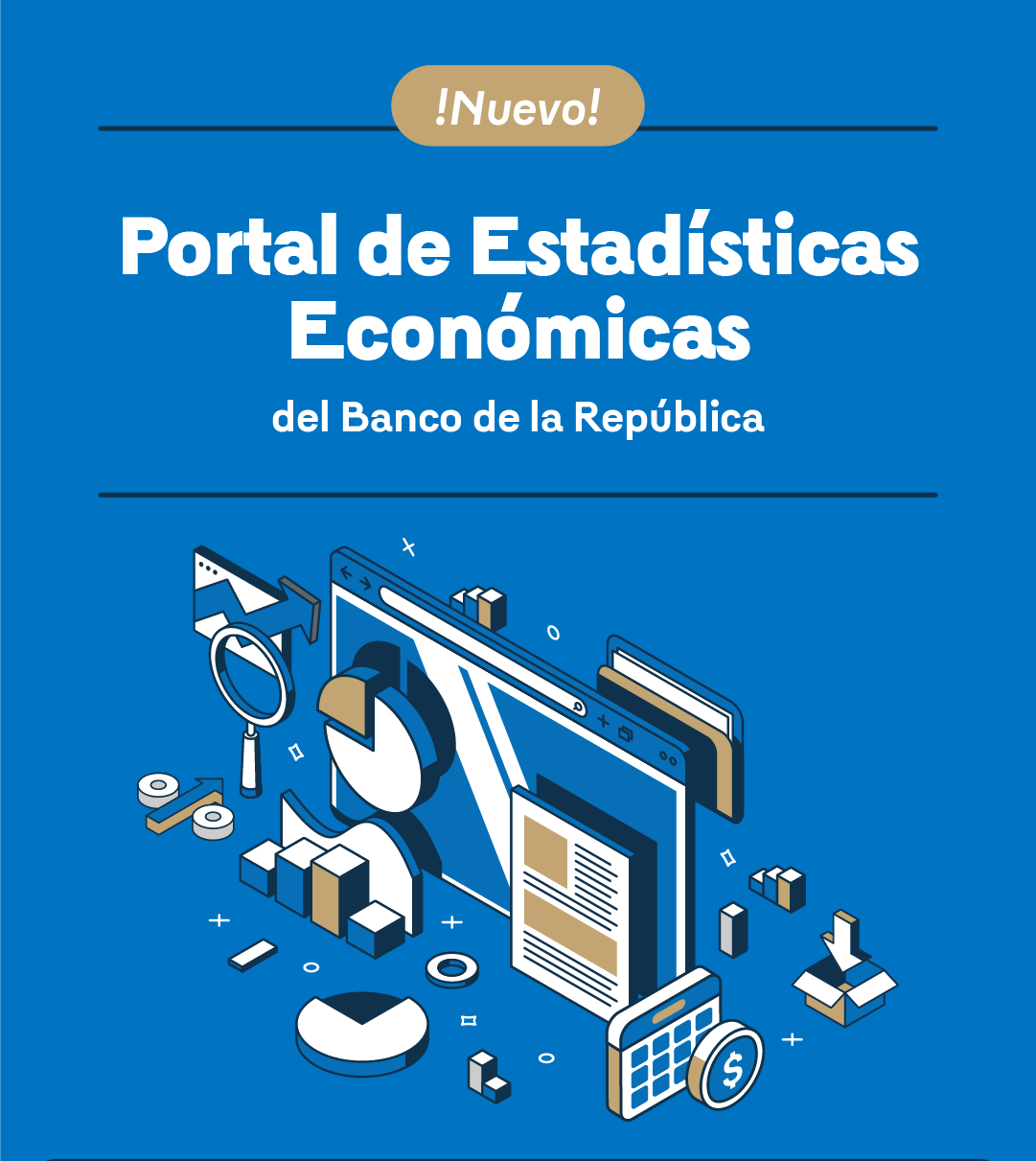Servicios
|
Since July last year and after several quarters of steady declines, the annual change in the consumer price index (CPI) for non-tradables, excluding food and regulated items (NT-EFR), tended to stabilize up to November 2014, then adopted a rising trend that became more…
|
|
The consolidated public sector (SPC by its acronym in Spanish) closed out 2014 with a deficit equal to 1.8% of GDP. However, the target was 1.6% of GDP, according to the Medium Term Fiscal Framework (MFMP by its acronym in Spanish) for that year.
|
|
Presentación del Informe de Política Monetaria realizada en Bogotá, a cargo de José Darío Uribe.
|
|
The Inflation Targeting Scheme in Colombia OBJECTIVES
|
|
The Colombian peso depreciated 39.4% against the dollar between July 2014 and March 2015. During that period, the exchange rate rose from a monthly average value of COP 1,858 per dollar to COP 2,591.
|
|
Since early last year relative food prices has shown an upward trend, which has not reverted yet (Graph B2.1). In annual terms, food inflation has risen almost steadily since December 2013, the month when it reached 0.9%, before jumping to 4.7% a year later and ending the…
|
|
The macroeconomic consequences of the recent plunge in international oil prices pose a challenge to an inflation targeting strategy in small, open economies that export this commodity.
|
|
Presentación del Informe de Política Monetaria realizada en Bogotá, a cargo de José Darío Uribe.
|
|
OBJECTIVES
|
|
The Board of Directors of Banco de la República, in accordance with the provisions of article 5° of Act [“Law”] 31/1992, submits to the Congress of the Republic of Colombia a Report on the macroeconomic performance of years 2014 and 2015 to date. Similarly, targets adopted for the current year by…
|
|
One of the consequences of the 2008 financial crisis was a generalized contraction in international trade. In the case of Colombia, export volume indexes and its annual growth rates declined between 2008 and 2009,.
|
|
The last fifteen years have seen a considerable increase in the outstanding external debt in the private sector. On the one hand, corporate external borrowing doubled, going from USD $11,334 million (m) in December 2000 to USD $25,005 m in June 2015.
|
|
Presentación del Informe de Política Monetaria realizada en Bogotá, a cargo de José Darío Uribe.
|
|
OBJECTIVES
|
|
Statistical analyses show that, after controlling for the accumulation of productive factors, the joint effect of the diversification of manufacturing inputs and the urban population purchasing power has a positive and significant impact on the Colombian economic growth. Furthermore, there is…
|
|
Abstract
|
|
Abstract
|
|
The analysis of productivity performance of the Mexican Northern Border offers an interesting case study for that objective. This is because it combines mobile growth factors due to regional reallocation of economic activity and, on the other hand, the fact that factors that are considered immobile…
|
|
Abstract
|
|
This paper examines the structure and dynamics of institutionalised flows of credit between economic sectors – with a distinct emphasis on industry – during the era of import-substitution industrialisation. Using the debate between “balanced vs. unbalanced growth” theories as prompting guide, the…
|
|
Banco de la República (the Central Bank of Colombia) produces information intended for decision-making and accountability processes as well as for public knowledge. In particular, the Financial Markets Report responds to the principle of public dissemination, thus contributing to the Bank’s service…
|
|
Banco de la República (the Central Bank of Colombia) produces information intended for decision-making and accountability processes as well as for public knowledge. In particular, the Financial Markets Report responds to the principle of public dissemination, thus contributing to the Bank’s service…
|
|
Banco de la República (the Central Bank of Colombia) produces information intended for decision-making and accountability processes as well as for public knowledge. In particular, the Financial Markets Report responds to the principle of public dissemination, thus contributing to the Bank’s service…
|
|
Banco de la República (the Central Bank of Colombia) produces information intended for decision-making and accountability processes as well as for public knowledge. In particular, the Financial Markets Report responds to the principle of public dissemination, thus contributing to the Bank’s service…
|
|
In an economic cycle, one sees supply and demand shocks that can affect how agents in the market decide to allocate resources. Determining the impact, transmission and nature (transitory or permanent) of those shocks poses a challenge to economists, and understanding them can be…
|






































































